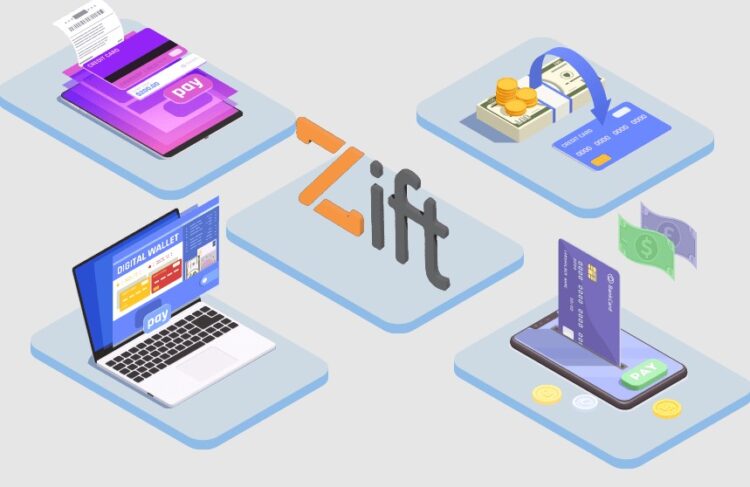In the dynamic world of digital payments, the initial and crucial step of merchant onboarding sets the foundation for a prosperous partnership between merchants and payment platforms. This process involves the technical integration of payment systems. It includes a rigorous verification procedure to ensure compliance, security, and reliability.
As online transactions continue to rise, the efficiency and security of the merchant onboarding process have become increasingly important. This article delves into the key steps, best practices, and the revolutionary effects of digital technology on merchant onboarding, equipping businesses with the insights required to enhance their operations and safeguard their transactions.
Why is Merchant Onboarding Important for Businesses?
Merchant onboarding is a crucial process enabling businesses to accept payments through various platforms. It involves technical setups and comprehensive verification to ensure security and legitimacy.
This process is mainly used in e-commerce and retail. It equips businesses with tools and infrastructure for seamless customer transactions, becoming integral to their operations.
Importance in E-commerce and Retail
- Ensures smooth transactions
- Minimizes downtime
- Enhances customer satisfaction
- Supports operational readiness
- Builds trust with customers
- Secures reliable processes
Steps in the Merchant Onboarding Process

Pre-Screening
The merchant onboarding process begins with pre-screening, where potential merchants submit their applications to initiate their integration into payment platforms. This initial step is vital as it involves preliminary checks to evaluate the business’s suitability for onboarding, ensuring that only qualified merchants move forward.
Pre-screening helps identify potential red flags early in the process, setting the stage for a smoother and more secure integration.
KYC and Identity Verification
Following pre-screening, the process advances to KYC (Know Your Customer) or identity certification. This step is vital for verifying the business’s legitimacy and safeguarding against fraud. KYC procedures typically require merchants to provide legal documentation that proves their identity and business operations.
This complies with regulatory standards and protects the payment platform and consumers from potential fraudulent activities.
Merchant History Check
A thorough history check assesses the merchant’s previous business dealings and financial health. This includes scrutinizing past merchant accounts, verifying business legitimacy, and evaluating any fraud or financial instability history. The goal is to ensure the merchant upholds ethical standards and poses minimal risk to the payment platform and its users.
Risk Assessment and Management
Risk assessment is a critical step in analyzing potential risks associated with the merchant. This includes reviewing the business model, industry specifics, and transaction volumes to identify and mitigate potential threats. This step ensures the merchant’s integration does not expose the payment system to undue risk.
Account Setup and Integration
The final step involves setting up the merchant’s account and integrating their systems with the payment gateway. This requires configuring the merchant’s software or hardware to align with the payment platform’s technology.
The process often includes technical support and testing to ensure that all systems operate seamlessly, providing a smooth transition for the merchant to start accepting payments.
Best Practices in Merchant Onboarding

Streamlining the Onboarding Process
To ensure a swift and smooth merchant onboarding process, streamlining each step is essential. Here are key strategies:
- Utilization of digital tools ─ Implement digital platforms that automate data collection and processing to reduce time and effort.
- Clear communication ─ Maintain open lines of communication and provide well-defined steps so merchants understand what is expected of them.
- Preparation guidelines ─ Offer checklists or guides to help merchants prepare necessary documents and information, preventing delays and enhancing efficiency.
Compliance and Fraud Prevention
Maintaining compliance with regulatory standards and preventing fraud is essential. This involves:
- Robust verification processes ─ Incorporate advanced security measures and verification processes to uphold integrity.
- AI-driven tools ─ Use AI technology for identity verification and transaction monitoring to detect and mitigate fraud effectively.
- Regular updates ─ Continuously update compliance protocols to align with current regulations, ensuring the process remains secure.
Enhancing Merchant Experience
Improving the merchant experience during onboarding goes beyond procedural simplification. Supportive measures include:
- Dedicated support ─ Provide training sessions and troubleshooting guides to help merchants adapt to new systems confidently.
- Feedback loops ─ Establish regular feedback mechanisms to refine the onboarding process based on merchants’ experiences and needs.
These best practices facilitate a more efficient onboarding process and ensure that relationships with merchants are founded on trust and mutual benefit, setting the stage for long-term business success.
Digital Transformation in Merchant Onboarding

Automation and Efficiency
Adopting digital technologies has drastically altered the merchant onboarding process by enhancing its speed and efficiency. Automation is crucial in this transformation, minimizing manual input and reducing errors.
By automating key operations like business verification and document processing, these technologies expedite the process and free up resources for more strategic activities in merchant management. The rapid integration of these digital solutions plays a pivotal role in shortening the onboarding timeline for new merchants, significantly boosting the scalability of payment platforms.
Role of AI and Machine Learning
AI and machine learning are revolutionizing the field of merchant onboarding with these capabilities:
- Enhances identity verification
- Improves risk assessment
- Bolsters fraud detection
- Analyzes data for security insights
- Detects patterns indicating fraud
- Adapts and refines detection methods
- Increases overall onboarding accuracy
- Secures the digital onboarding landscape
This progress optimizes operations and maintains high accuracy and security levels, establishing the digital merchant onboarding process as a fundamental component of contemporary payment ecosystems.
Optimize Merchant Onboarding with Zift

Efficient and secure merchant onboarding is crucial for the success of digital payment platforms. The Zift Merchant Onboarding System addresses the challenges outlined in this article by using advanced digital technologies to streamline the entire onboarding process.
From pre-screening to final integration, Zift enhances security with AI-driven verifications and fraud detection, ensuring a compliant and trustworthy environment.
Zift improves operational efficiency and merchant satisfaction by minimizing onboarding time and simplifying procedures. This strengthens business relationships and builds a reliable payment ecosystem. Choose Zift’s system to enhance your digital payment capabilities and offer a superior onboarding experience. Contact Zift today to transform your merchant onboarding approach.
 Hi Boox Popular Magazine 2025
Hi Boox Popular Magazine 2025



